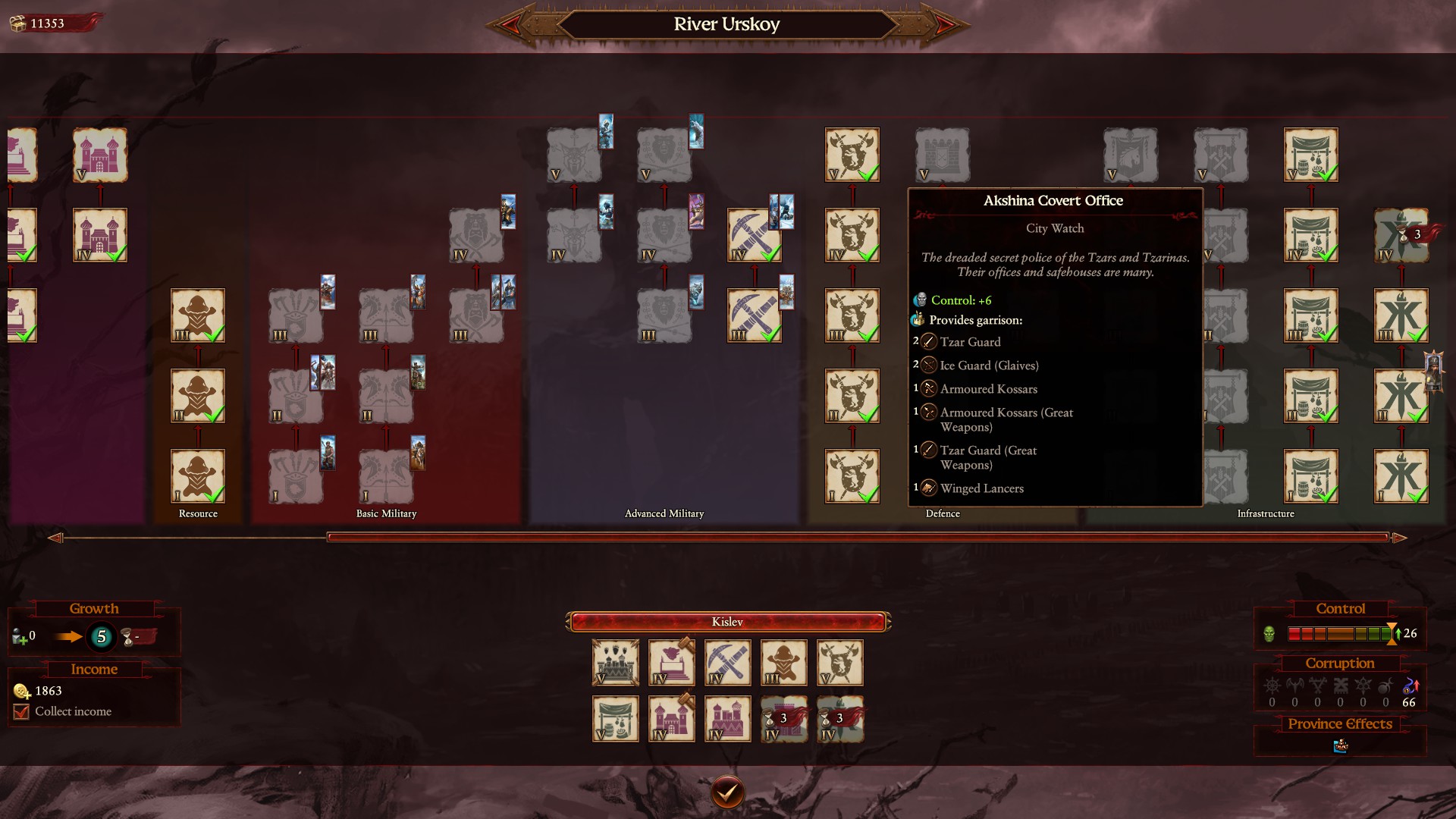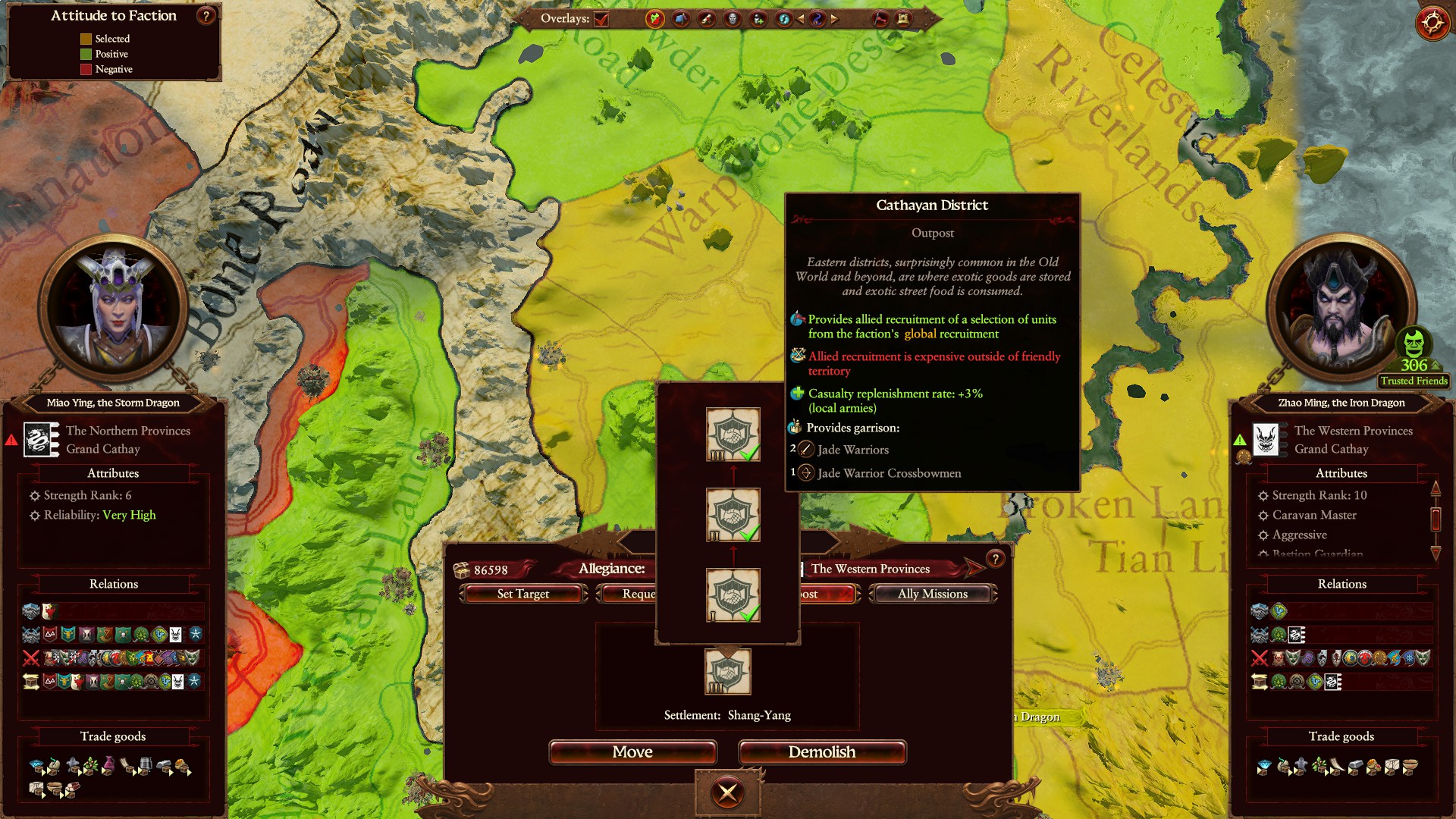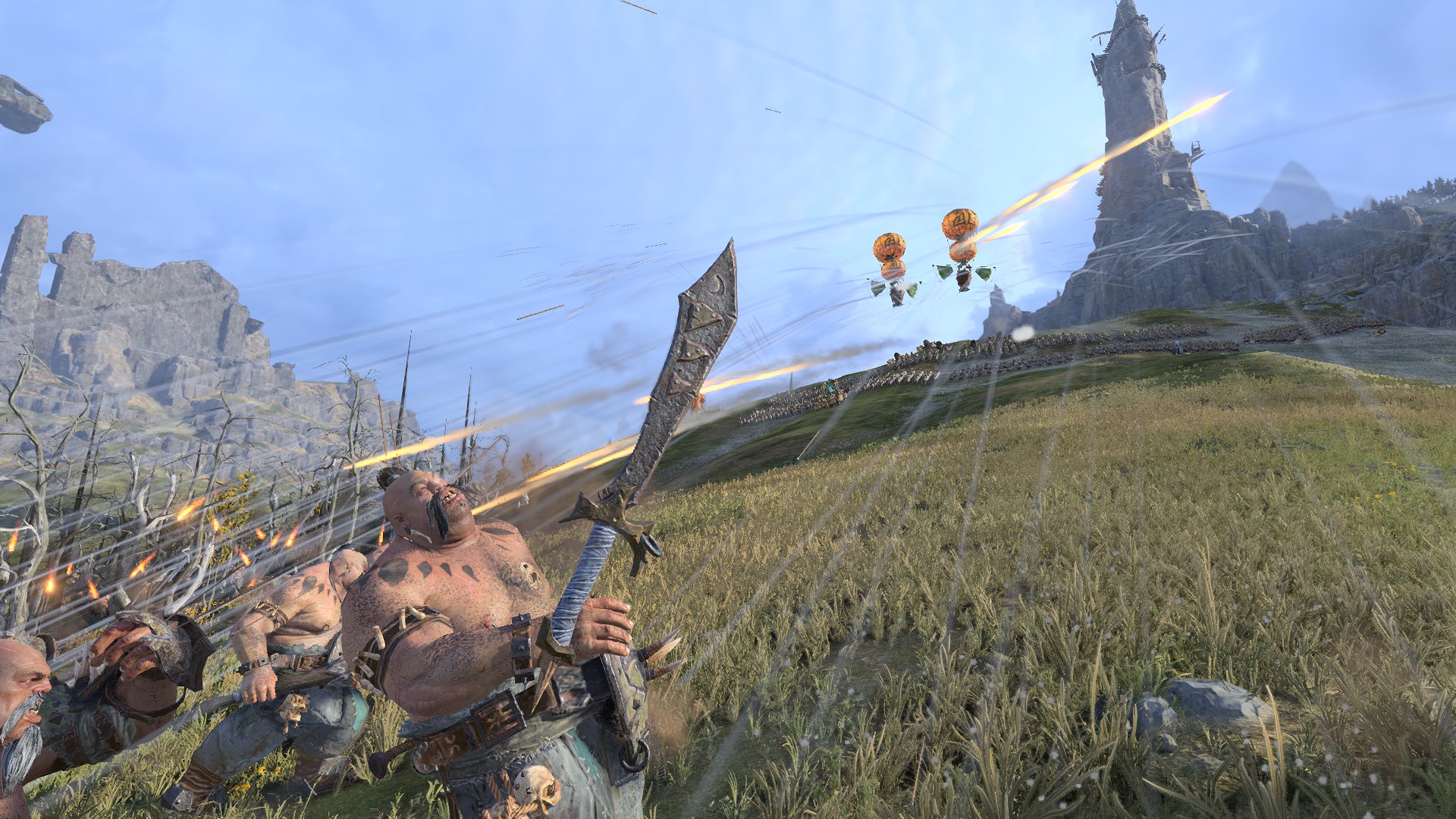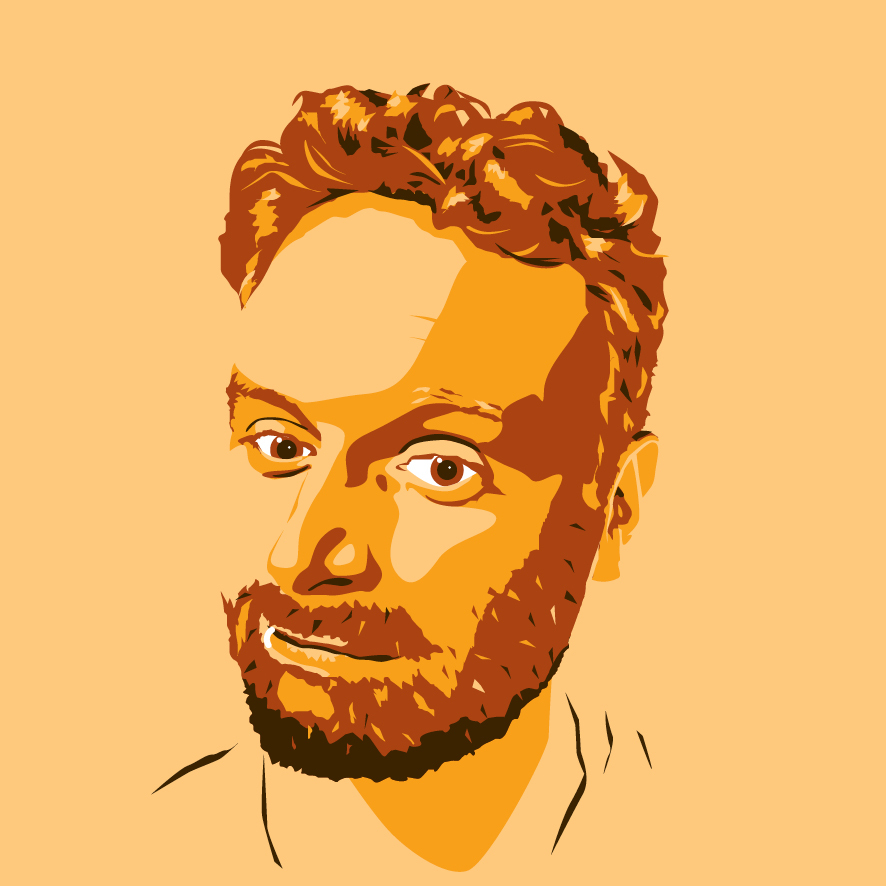7 tips for Total: Warhammer 3's Realm of Chaos campaign
From making friends to crushing enemies, here are our Total War: Warhammer 3 tips.

Looking for some Total War: Warhammer 3 tips? In a lot of ways this is the most challenging game of the series, since throughout the main campaign you're expected to invade the daemon realms and throw down the gauntlet to each of the Chaos gods' four princes, besting them in battle to claim their souls for yourself.
But while you're absent on your merry excursion through hell, marauding Chaos armies and insidious agents spill into your realm in the hopes of bringing ruin to your faction. So, it's a delicate balance: to hold onto what you have, but also to expand, and build up your economy and settlements, so the next time you face a daemon prince, you can bring a killer army with you.
In this Total War: Warhammer 3 tips guide, I'll offer some advice that served me well in the campaign, and a few advantages you can use for yourself to help make it through the daemonic onslaught relatively unscathed.
If you want to find out how the campaign works yourself, you may want to steer clear, as this guide will spoil the main story mode.
Expand early
Early expansion is an important part of any strategy game, but in Warhammer 3 you have a limited amount of time before the Chaos Rifts appear and start spewing armies and daemonic agents into your provinces. This happens around turn 35-ish, and when it does you have to go on the defensive, especially as your faction leader's army has to head off to the Chaos Realms to grab themselves a daemon prince soul.
Even after the rifts are closed, the time between them appearing gets shorter and shorter as the campaign continues. The longest period of uninterrupted expansion you get are those first 35 turns, so it's important to make haste while the sun shines and spread yourself far, before folding back in to deal with the rifts and consolidating. Expansion also helps deter potential invaders. If you defeat the Baersonling as Kislev, for example, you can stop Nurgle and Khorne from establishing a foothold to the north of you.
The same goes for Cathay—take territory to the south in the Mountains of Mourne, and you can check demonic expansion from the Chaos Wastes to the west before they make it into your heartland. Finally, early aggressive expansion lets you deal with internal threats, like Greenskins, Ogres, and Skaven, who might become a hindrance when you're trying to deal with the rifts.
The biggest gaming news, reviews and hardware deals
Keep up to date with the most important stories and the best deals, as picked by the PC Gamer team.

Claim "The Dark Prince's Paramour"
This bribe from one of the gates in Slaanesh's realm is well worth sacrificing the opportunity to get a daemon prince soul for if you grab it when the first rift opens. The +25 control that it provides allows you to expand into Chaos corrupted territory without having to deal with rebellions, and after the first rifts appear, a lot of territory is going to be corrupted. The cash that it gives you is enough to upgrade your settlement chains, build full garrisons, and economy buildings, helping you grow exponentially.
Since the gate rewards are random, the ancillary may not appear for you, but you can still grab a huge chunk of change or another powerful boon that'll supercharge your early campaign. It's also fine to sacrifice a soul, since you have the opportunity to block another opponent if they get all four before you. Though the daemon prince souls will win the campaign, having a strong faction capable of supporting a powerful army, and even continuing to expand when the rifts are open, is arguably moreso: it decides who wins in the more competitive realms like Khorne and Nurgle. Also, if you crush an opponent on the campaign map, it doesn't matter how many souls they have.

Close Chaos Rifts with heroes
Once those pesky Chaos rifts spring up in your province and your faction leader has gone through to a daemon realm, you should close them as soon as possible. You can do this with an army by interacting with the rift and fighting a small battle, which is a great way of farming Devotion for Kislev. But since these armies get stronger each time the rifts open, it's far quicker to use a hero to close them for a one-off cost of 1,500 gold.
Your heroes can also be used to quickly assassinate or wound any demonic agents that come through before you close them. Since the rifts always appear in similar places, I recommend training a cadre of heroes, and having them on standby so you can close every rift as soon as it appears, letting you focus on expansion. While AI armies can also close rifts, they aren't especially vigilant doing it, so if you have an ally you're planning to confederate and don't want them to get Chaos-nuked before you do, be a good neighbour and close their rift for them.

Attack factions while they're distracted by Chaos
If you've used agents to close all your rifts straight away, you should now have approximately 10 turns where neighbouring enemies have to deal with Chaos rifts, and may have sent their best army off into a daemon realm. If you can field multiple armies, it's the perfect time to expand, especially if you have The Dark Princes Paramour I mentioned earlier that lets you take corrupted territory with fewer difficulties. If a competitor isn't defending their settlements properly from Chaos incursions, it's better you take them than let a demonic faction move in next door.

Garrison every settlement
Minor settlements are different in Total War: Warhammer 3. They have new maps where you can build defensive barricades and towers, but if an enemy besieges you, attrition now starts straight away rather than taking a few turns to occur. The plus side is that the attrition is milder than it used to be, and even if you don't have walls, AI factions seem to prefer starving you over an immediate assault. Still, it's better you build a garrison that can sally out and break the siege so they don't have to rely on you mustering an army to help.
Garrisons have always been important in Total War: Warhammer, but in this game where demonic armies can come from pretty much wherever, it's better to have a strong garrison in every settlement if you don't want to be fighting old battles, and retaking stuff you've already fought for once. These buildings only take one slot in a four slot settlement, so there's still lots of space for an economy building, and any recruitment you might want.

Build outposts for free global recruitment
One of the new features in Total War: Warhammer 3 are outposts, recruitment centres you build in allied settlements, and vice-versa, that allow you to get units from their roster. Instead of costing money, they cost allegiance, a resource that accumulates over time, or is earned by completing ally missions in the war coordination screen. While you are only allowed four allied units per army, it offers you extra recruitment, since it has its own separate capacity.
Like Regiments of Renown in the other games, this gives you a global means of fast recruitment that helps you fill out an army and is also essentially free. Plus you can create some pretty powerful combos. There's nothing like a Cathay missile army with a frontline of Dwarf infantry.

Missile units are stronger than ever
Just as the High Elves are powerful in part, due to their relatively cheap, yet strong missile units and hybrid archer spearmen, so too, are Cathay and Kislev. Most of the other factions, save Tzeentch, have more of a melee focus, so missile superiority is extremely effective, chipping down infantry before they hit your frontline, and focus-firing single entities or monsters into oblivion. Kislev's ranged Kossars in-particular provide great value, considering their spear variant costs around 60 gold less upkeep than basic Lothern Sea Guard, the High Elf equivalent.
Considering Katarin's 50 percent upkeep reduction for the hybrid archer/melee Ice Guard, and Miao Ying's 50 percent upkeep reduction for all missile infantry, you can create some incredibly strong yet cheap armies that the Daemons, Ogres, and Chaos factions struggle to answer against most of the time. They've both got some very strong artillery in the form of Little Grom and the Fire Rain Rocket, too.

Sean's first PC games were Full Throttle and Total Annihilation and his taste has stayed much the same since. When not scouring games for secrets or bashing his head against puzzles, you'll find him revisiting old Total War campaigns, agonizing over his Destiny 2 fit, or still trying to finish the Horus Heresy. Sean has also written for EDGE, Eurogamer, PCGamesN, Wireframe, EGMNOW, and Inverse.

